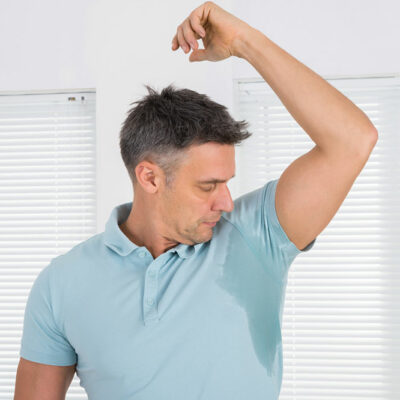
Health
Causes of Primary and Secondary Hyperhidrosis
Hyperhidrosis or excessive sweating can be due to an underlying medical condition or can occur without a traceable cause. The former is called secondary hyperhidrosis, and the latter is called primary hyperhidrosis. Primary hyperhidrosis can occur at an early stage in life, and this is an inherited condition. To know better about how these conditions are different, it would be useful to know about the causes of primary and secondary hyperhidrosis. What are the causes of primary and secondary hyperhidrosis? 1. Stress Everyday stress or even being present in a highly stressful situation can trigger excessive sweating in people. Various kinds of emotions and stress can affect the nerves that can directly activate the sweat glands even in pleasant temperatures or when the body is not physically active. 2. Trigger food items People with primary hyperhidrosis might notice a sudden surge in sweating after consumption of trigger foods like caffeinated drinks or spicy foods. Consumption of alcohol might have similar effects. 3. Weather changes The body of someone with primary hyperhidrosis is likely to respond much quicker and much more severely to weather changes. Even if the temperature slightly fluctuates to the warmer side, the person might start sweating profusely.
Read More 















